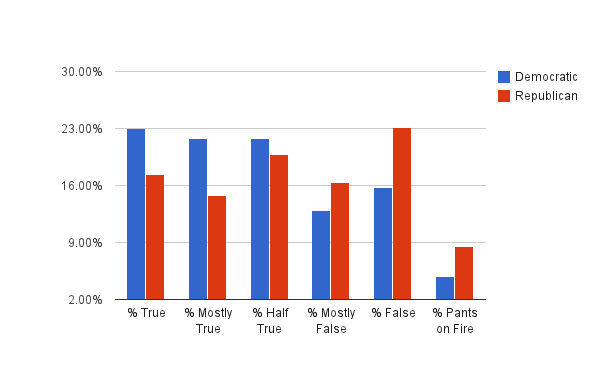The Selectively-True Scotsman
BillDo has been on a tear lately against surveys, seeing as how a few of them have been released lately showing that as it turns out, the Catholic rank and file are nowhere near as reactionary as the funny-hatted hierarchy, or as he would like.
I suppose he could have just pointed out that the Catholic church is not a democracy so sit down, shut up, and let the higher-ups tell you what God wants, but I suppose even he realizes that won’t go over well in the 21st century. So instead, he points out the differences between people who attend church services regularly and those who don’t. I guess this is like saying swing voters are more favorable to immigration reform and gay rights than people who consistently vote straight-ticket Republican, and therefore the GOP needs to double down on its anti-gay plaform planks to remain relevant. Or, to put it another way, I don’t know what his reasoning is.
At any rate, it’s clear that he doesn’t care for self-identified Catholics who don’t go to church every Sunday:
Whether someone who “attends Mass a few times a year or never” can be considered Catholic is debatable
(from here)
This takes on added significance when we consider that 4 in 10 of the Catholics sampled do not practice their religion (28 percent go to church “a few times a year” and 11 percent say they “never” attend). That these nominal Catholics are precisely the biggest fans of gay marriage is a sure bet, though the poll fails to disclose the results.
(from here.)
So take note, Christmas-and-Easter Catholics: you’re not true Scotsmen Catholics.
But wait, what’s this?
Catholics make up anywhere between 70 and 78 million Americans
70-78 million out of a population of 315 million is 22-25%, well in line with other surveys of American religion that I’ve seen. But shouldn’t BillDo’s number be 40% lower than mainstream pollsters’, since he doesn’t consider infrequent mass-goers to be True Catholics™?
Surely this can’t mean that he’s happy to count mere “nominal Catholics” when he wants to show off the size of his tribe. We know this can’t be the case because hypocrisy makes Baby Jesus cry. So there must be some other explanation, like anti-Catholic bias among pollsters or something.
Update, Mar. 25, 2013: Carmelita Spats tells me how she tried, and failed, to be excommunicated from the Catholic church, on the grounds that a) she’s an atheist, and b) she had an abortion. But apparently even that’s not enough to be taken off the rolls.

